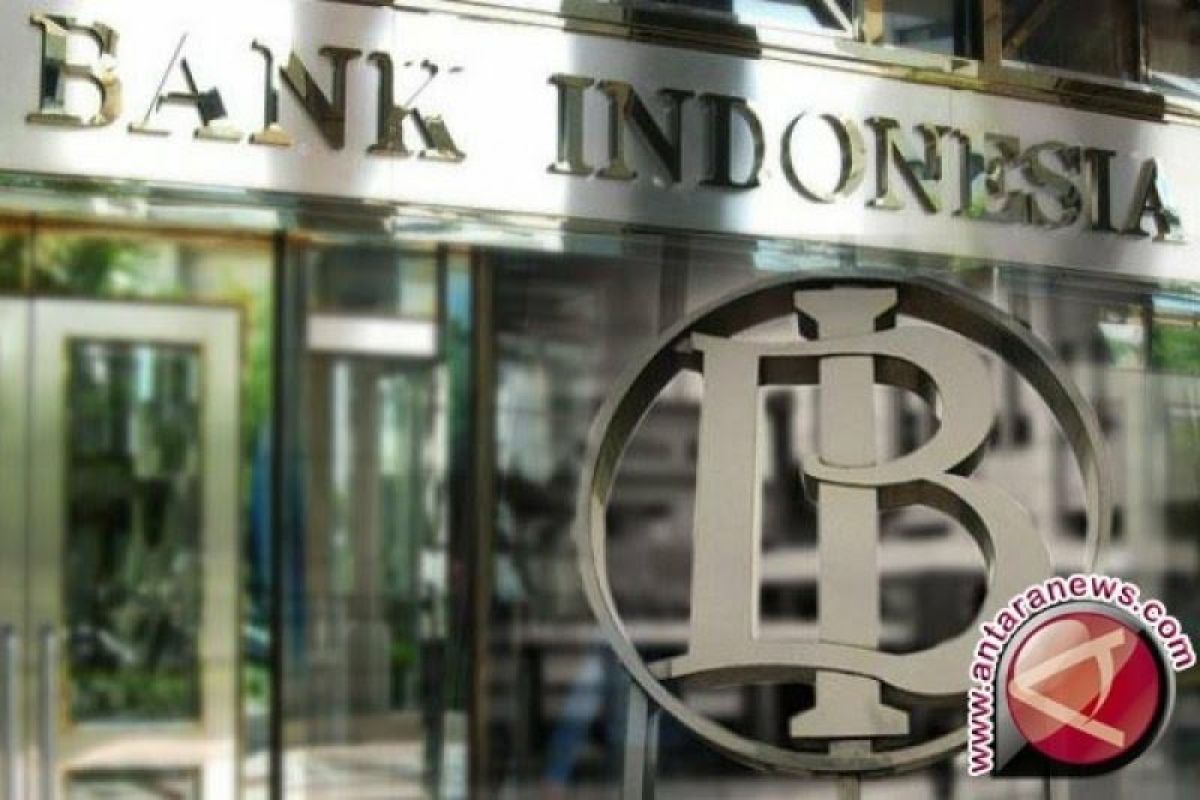Public welfare improvement encompassed the human health & social work activities sector, constituting 19 percent of the government external debt; construction sector, 16.4 percent; education sector, 16 percent; public administration & defense sector, 15.2 percent; and financial & insurance sector, 13.9 percent, according to Bank Indonesia's (BI’s) statement here on Monday.
The private external debt rose in line with the investment requirements in several leading sectors.
The private external debt outstanding at the end of July 2019 increased 11.5 percent (yoy), an 11.1 percent yoy rise than that of the previous month.
The increase principally stemmed from the issuance of global bonds by non-financial corporations.
Private external debt was dominated by the financial & insurance sector; manufacturing sector; electricity, gas, & water supply sector; and mining & drilling sector. The share of external debt in these four sectors to the total private external debt reached 76.6 percent.
Indonesia's external debt maintained a healthy structure, backed by the prudential principle application in its management.
The condition was mirrored in, among others, Indonesia's external debt-to-gross domestic product ratio at the end of July 2019 at 36.2 percent, down from the previous month.
In addition, Indonesia's external debt structure continued to be dominated by long-term debt, constituting 87.6 percent of the total external debt.
Such developments showcased a solid structure of Indonesia’s external debt in spite of an uptick in its position.
BI, in close coordination with the government, has continually monitored external debt by promoting the application of prudential principles, in its management to maintain a healthy external debt structure.
Furthermore, the role of external debt will be optimized in supporting development financing without incurring the risks that may impact macroeconomic stability. Related news: Indonesia's foreign debt up 6.4 pct until July
EDITED BY INE
Reporter: Azis Kurmala
Editor: Suharto
Copyright © ANTARA 2019












